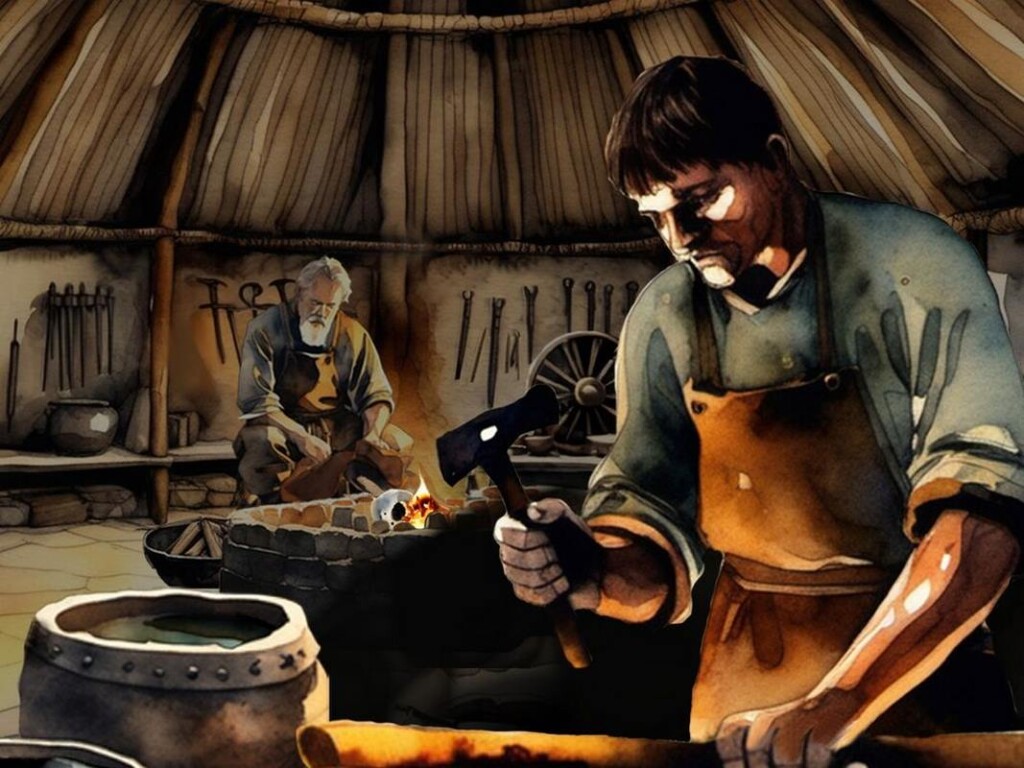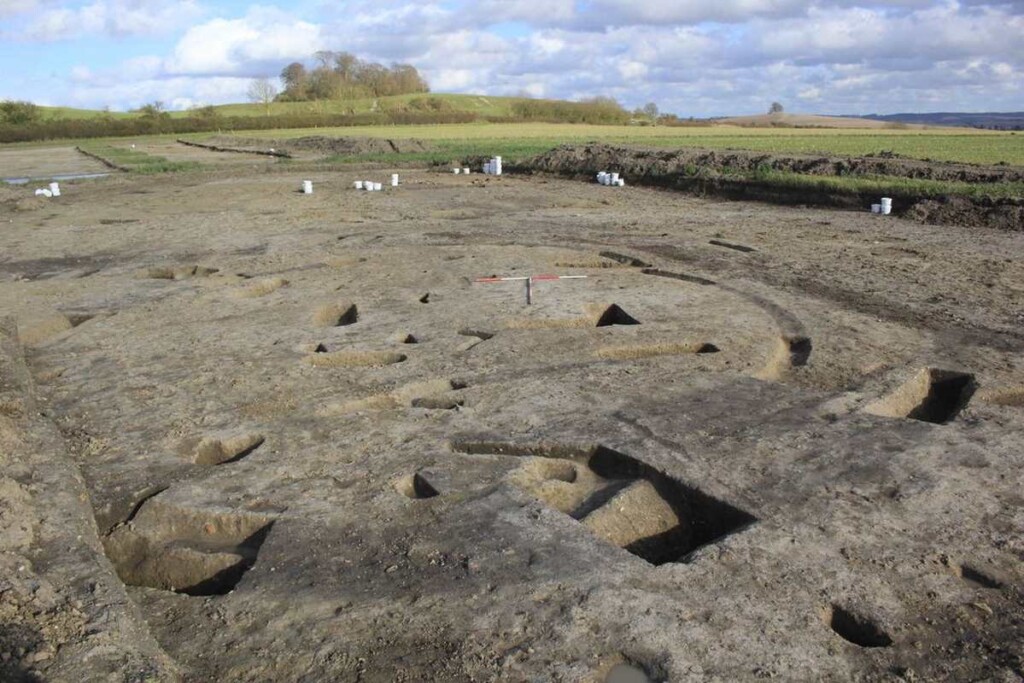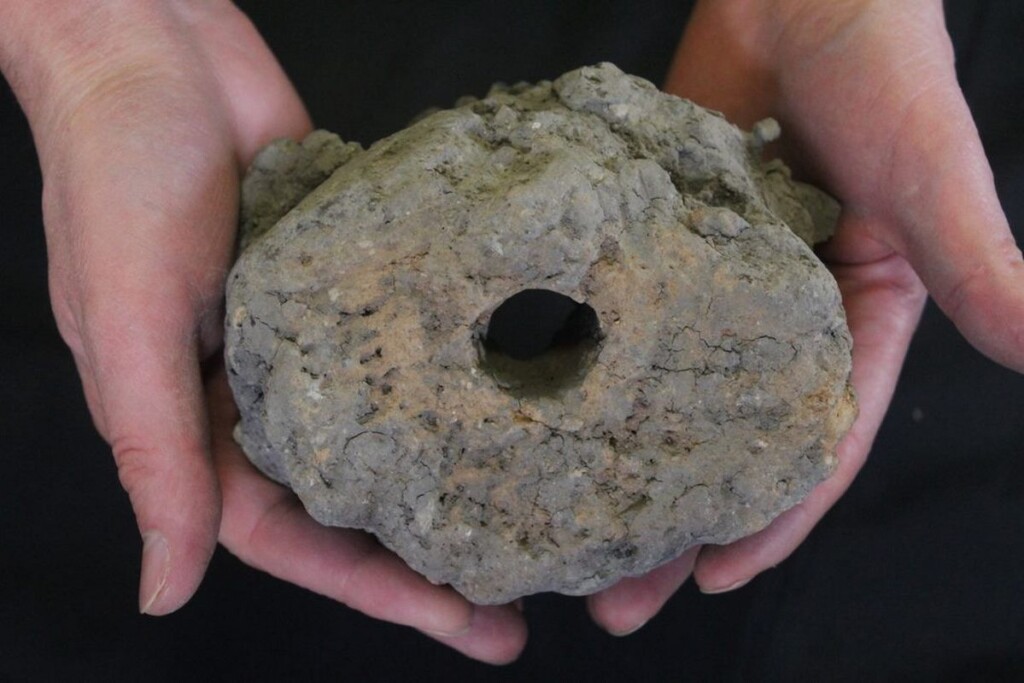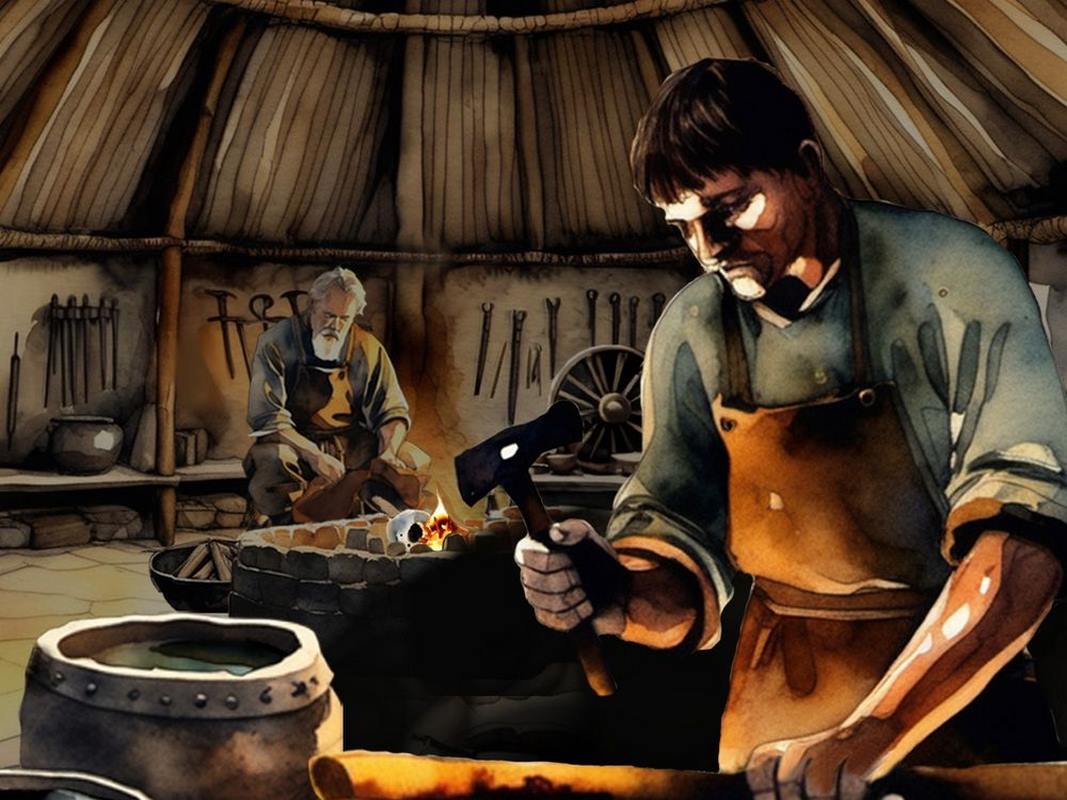
A routine planning application in Britain ended up uncovering the remains of an ancient British blacksmith’s workshop that has so far yielded 10,000 artifacts demonstrating the breadth of ironworking ongoing during Pre-Roman England.
Located in Wittenham Clumps, Oxfordshire, the workshop, or smithy, was likely the abode of a master of the craft, as evidence shows extensive material and tool use that indicates complex pieces such as swords and large cartwheels.
Radiocarbon dating puts the smithy as being established at around 771 BCE, with the last date of organic material coming in 515 BCE; mere decades after ironworking first arose in Britain.
The discovery includes not only the remains of the building, but also the lining of the forge, and evidence of other key elements like an intact tuyere, or a metal tube used to blow air into the furnace.
“It’s exceptionally rare to find a complete tuyere, especially one that’s as old as this,” said Gerry McDonnell, the archaeometallurgical specialist who examined the finds. “Although there are examples from later periods, including Saxon, Viking-age, and medieval pieces, this is one of the only known Iron Age ones in the country, if not Europe. The fact that it dates not just to the Iron Age, but to the first few centuries of ironworking in Britain, is remarkable.”
“What’s more, the size of it suggests we’re looking at a hearth that was much larger and more specialized than that of your average village smithy,” he continued.
Iron was far more plentiful than the materials needed to make bronze, and once the techniques for discovering and smelting it were diffused throughout England, it’s clear from the site that mastery was attained quickly among the population’s craftsmen.
The vast majority of artifacts produced in the Iron Age weren’t very big and could be produced with quite a small hearth, while larger hearths would have taken much more skill and resources to control, said the researchers.

“The only reason a blacksmith would need a bigger hearth would be if they were forging something long like swords or trade bars, or big, like, cartwheels. The fact that this early Iron Age smithy had a specialist tuyere shows us this was much more likely to have been a serious operation by a highly-skilled, master blacksmith,” explains McDonnell.
The only reason the site was found at all was because the charity which owns the land on which it was found, Earth Trust, wanted to redevelop their visitor center, which required an archaeological survey.
MORE DISCOVERIES FROM THE PERIOD: Iron Age Puzzle Solved as Unknown Warrior Finally Identified as British Warrior Woman
For the excavations, the trust contacted DigVentures, a social archaeology venture that enables civic participation in archaeology and heritage projects through crowdfunding, crowdsourcing, and digital methods.
Among the 10,000 artifacts that were discovered were iron bars and small fragments that were flung off by the smith’s hammering, and solidified in the splash zone around the anvil.

“It’s always exciting to uncover the remains of ancient buildings that were occupied thousands of years ago, but it’s even more special when we find such direct evidence of who lived there and what they were doing inside,” Nat Jackson, DigVentures Site Director, who led the excavations, told Earth Trust in a statement.
“In this case, the range of evidence is remarkable. We’ve got almost every component of the blacksmith’s workshop; the building, internal structures, hearth lining, tuyere, even the tiny bits of metal that fly off when the blacksmith is hammering the metal. The only thing we haven’t found is the tools.” he said.
STAY UP TO DATE WITH ARCHAEOLOGY: Hoard of Bronze Jewelry Found in Polish Lake Reveals Ancient Celtic Water Burial Ritual
“It’s an incredible thrill to uncover something like this. It basically allows us to peer back in time and see what could have been one of Britain’s earliest master blacksmiths at work,” he concluded.
The excavations that took place from 2018-2020 revealed an Iron Age settlement including a cluster of roundhouses, an Iron Age pantry, and evidence of ceremonial or ritual activity including animal burials, as well as a later Roman villa where archaeologists found the remains of a tiny Roman pet dog.
SHARE This Incredible Discovery With Your Friends…




















